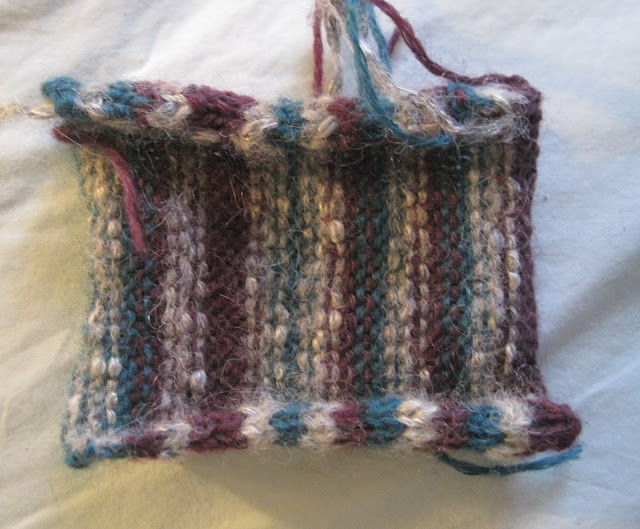The bobbin mill opened in 1835 making a range of bobbins for the Lancashire cotton mills, mills across the country and across the Empire. It was one of about 70 bobbin mills in Cumbria supporting the Industrial Revolution in cotton, wool, silk and jute.
It was originally powered by water, then steam and finally electricity. The landscape around Stott Mill is dominated by coppiced woodland and the easy availability of coppice poles was crucial to the development of the bobbin industry.
The bobbins were cut from the poles and then bored. The larger bobbins had a much more complicated process. Before the Factory Act of 1878 the mill was worked by men and boys as young as 8 all coming from the local area.
There were over 200 types of bobbin made at Stott Park and other bobbin mills all helping to support the Industrial Revolution.
It is a very interesting place to visit and only takes about an hour to an hour and a half to go around. Today it is a very pretty and tranquil place and belies the fact that life for men and boys working here would have been very hard.
It is well worth a visit and is a very pretty area to take in a walk and to pick up a bobbin to make a snippet roll!




.JPG)



.JPG)
.JPG)
.JPG)
.JPG)
.JPG)
.JPG)
.JPG)
.JPG)
.JPG)
.JPG)
.JPG)
.JPG)
























